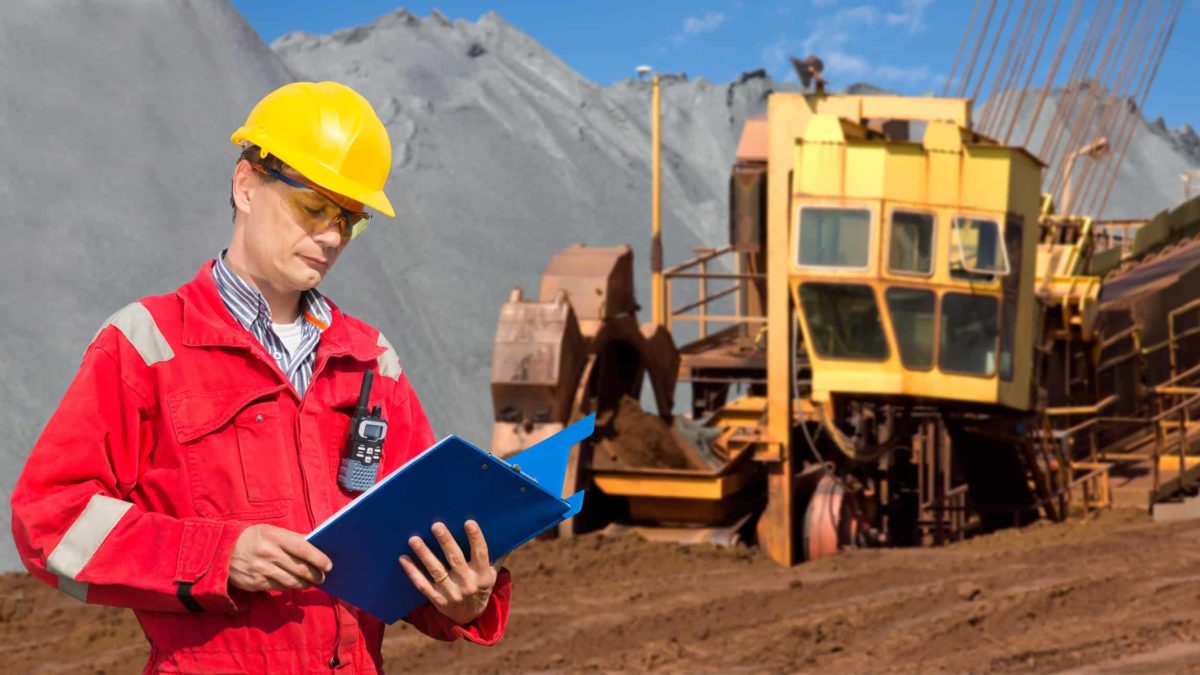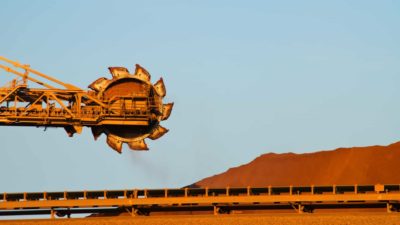BHP Group Ltd (ASX: BHP) shares are among the most followed by ASX investors. BHP is the biggest business in Australia with a market capitalisation of $233 billion.
It's significantly higher than the second largest company, Commonwealth Bank of Australia (ASX: CBA), which has a market capitalisation of $174 billion.
The last 12 months have been very volatile for the ASX mining share as commodity prices bounce around, as seen below.
How much profit could the miner make in FY23?
I'm going to focus on the profit in per share terms so that it's in context with the BHP share price.
As a reminder, in FY22, the company's continuing operations generated US$21.3 billion of underlying attributable profit (up 26%) and net operating cash flow of US$29.3 billion (up 13%).
The earnings per share (EPS) of continuing operations was US$4.21, up 25%.
According to Commsec, Goldman Sachs has suggested that BHP could generate EPS of US$2.48 for FY23. At the current exchange rate, that puts the BHP share price at 13 times FY23's estimated earnings.
The business has a number of moving parts that combine for its overall profit, such as iron ore, copper, coal, and nickel.
While BHP can't control the resource price, it decides how much resource it produces.
In the first quarter of FY23, copper production increased 9% year over year to 410.1 kt, iron ore production went up 3% year over year to 65.1 mt, metallurgical coal production declined 1% year over year to 6.7 mt, energy coal production sank 38% year over year (due to wet weather and labour shortages) to 2.6 mt, and nickel production jumped 16% year over year to 20.7 kt.
Remember, of the US$34.4 billion underlying earnings before interest and tax (EBIT) BHP made in FY22, US$6.3 billion came from copper, US$19.5 billion was from iron ore and US$8.7 billion was from coal (with US$5.7 billion of that generated by the BHP Mitsubishi Alliance, which produces metallurgical coal).
In summary, production increased in the FY23 first quarter for the divisions that generated most of the underlying profit in FY22.
Is it time to buy BHP shares?
Goldman Sachs has a neutral rating on the resources giant, with a price target of $42.90, according to Commsec. That suggests a possible fall of around 10% over the next year.
I think that investors are looking increasingly confident about the COVID situation in China. With lockdowns seemingly over and the Chinese government looking to support the property sector, it seems some of the confidence about resources is justified.
But I think it could be worthwhile for investors to wait until confidence about resources is lower, which could also lower the BHP share price.









